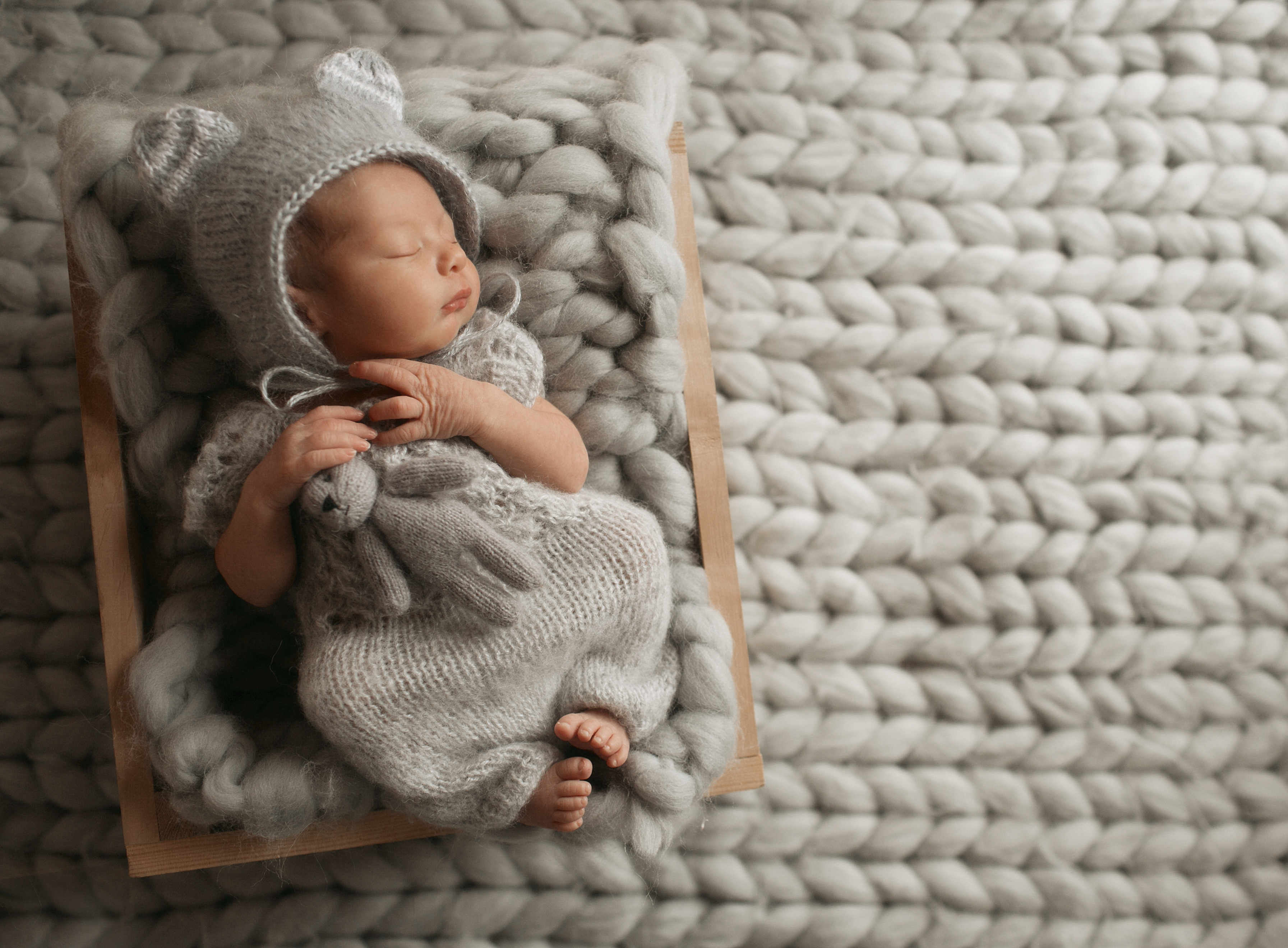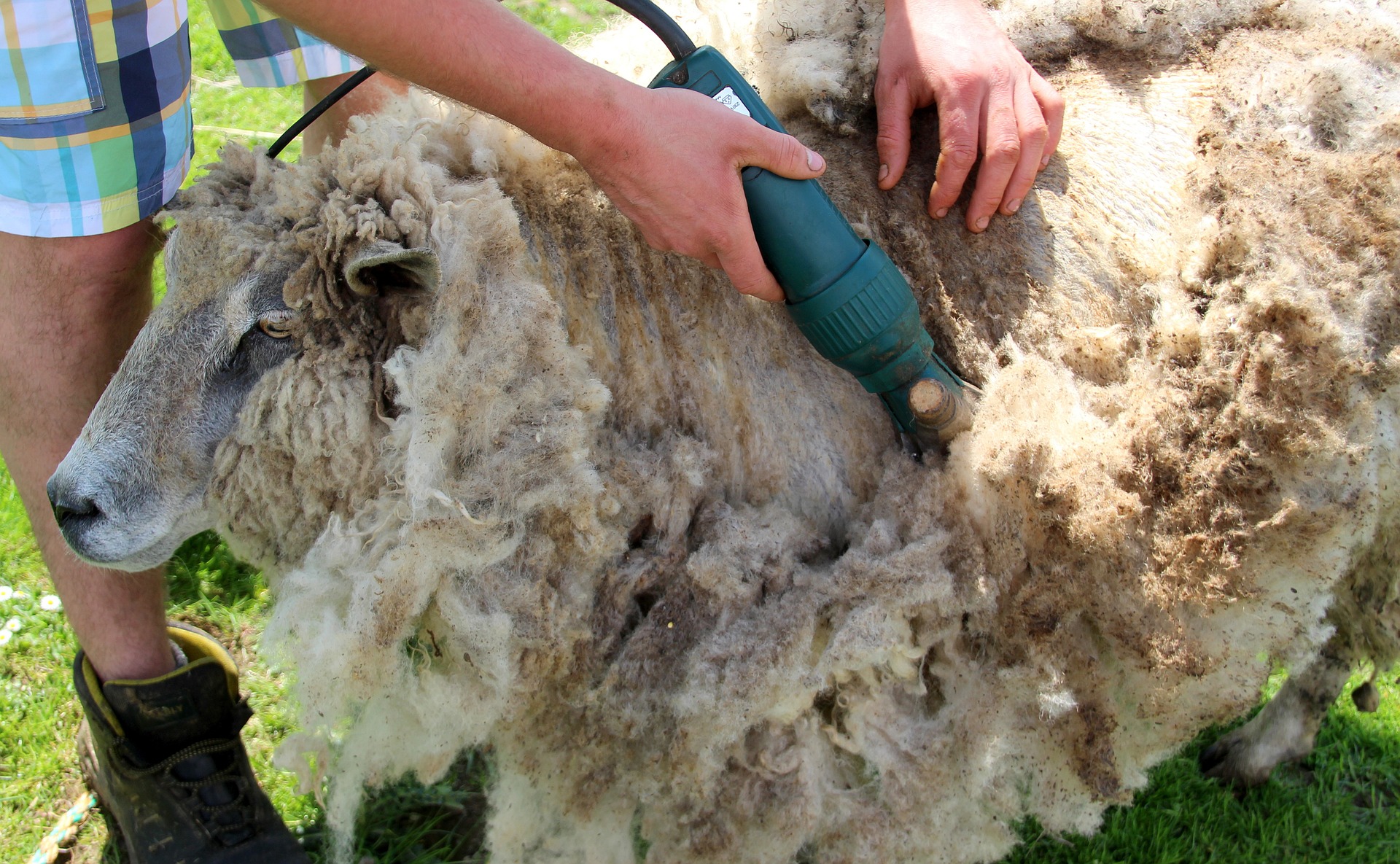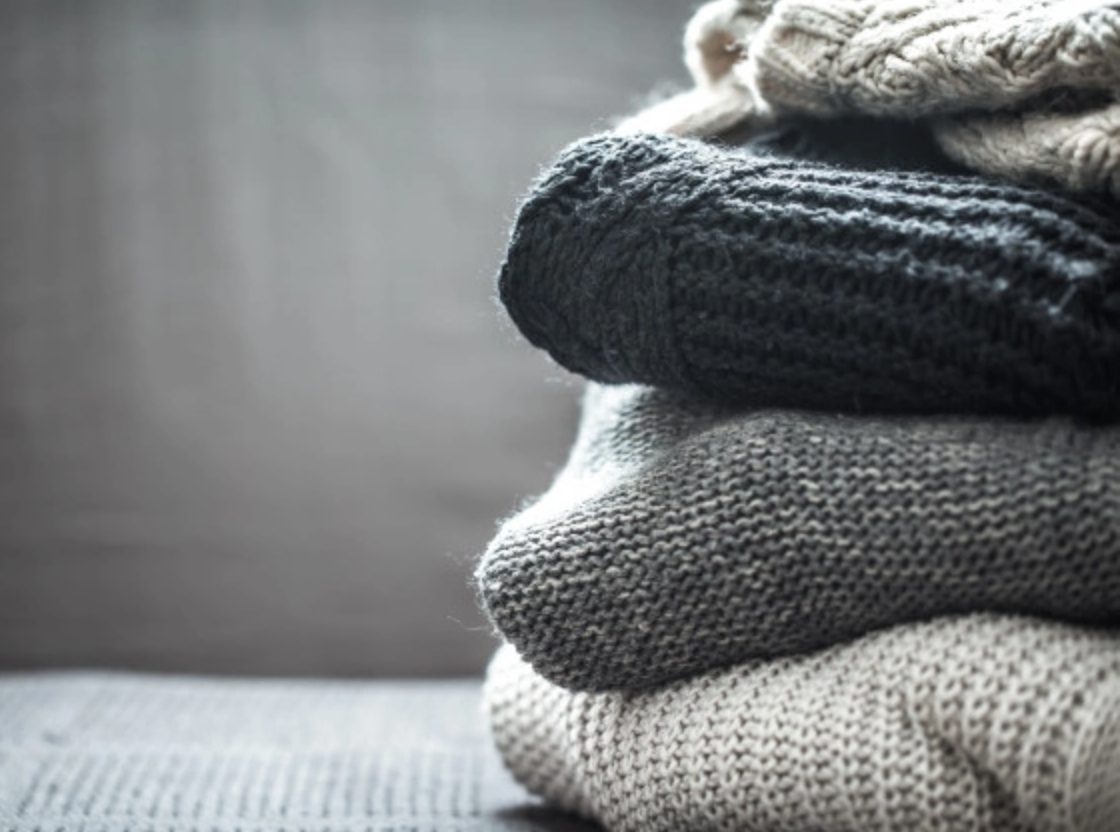Have you recently gotten into felting or known about the use of felt in your daily use? Well, felted products and woolen items are becoming increasingly fashionable in recent times. And you might have heard various things related to felted and woolen products.
With the gaining popularity of felt products, you surely have bumped into various myths about felt, felting techniques, or wool in general. While some of them are true, most such myths are based on the wrong perception of the people and represent false ideas of what felting is.

However, some of these beliefs are based on real-life issues that people face yet most of such myths are overly exaggerated.
7 Common Myths About Wool and Felted Products
Let's discuss some of such common myths that we hear every now and then and see if we can debunk/bust these myths or if they are true.
Myth #1: Felt Products Are Itchy
What is it?
One of the most common things we hear about felt products is being itchy. With products being made from wool, people interrelate a few of the characteristics of wool to felt products and this is a big myth that is not true.
Yes, wool is known for its itchiness. It is due to wool being made up of individual yarn fibers. The most contributing factor making wool itchy is the diameter of the strand as thicker is more itcher. Similarly, people correlate to getting allergic reactions to wool due to itching.
Truth
On the contrary, the thicker strands of wool, use of chemicals and dyes to add color and fragrance to the wool are factors that make wool itchy. Whereas the allergy due to wool is mostly just the irritation on your skin caused by the coarse wool fiber.
Our wearable felt product is made up of merino wool which is the finest wool fiber with a soft texture. Likewise, our other products are hypoallergenic as well as made with azo-free dyes making them best for daily use purposes.

Myth #2: Felt Products Are Only For Winter
What is it?
Another misconception about felted products that we hear a lot about is it is only useful during winter. Felt being textile material made from wool, people relate it to making things warm.
While wool products are mostly ideal for the winter season, wool felted products are perfect around the year. Wool is a poor conductor of heat which means it does not absorb heat from your body thus keeping you warm during the winter.
Wool fibers have a natural crimp, which creates air pockets when stacked together creating warm air inside near your skin. This makes felted wool products warm as well as breathable.
Truth
While wool maintains heat, it also draws moisture away from the skin. Wool also has a natural structure to absorb a large amount of moisture before being damp about which we will discuss in the next point. As a result, wearing lightweight felt products in the summer aids in absorbing moisture away from the skin.
Using wool felt products is similar to wearing air conditioning, allowing us to stay cool and dry throughout the day. Similarly, felt products made from quality wool like merino wool have natural breathability and insulating qualities make them perfect for any season.
Thus, the myth of felt products being perfect only for winter is not true. In addition, wool offers natural protection against UV rays. This makes wool felt products a good option to use in summer against direct sun exposure.
Myth #3: Felt Products Get Damped Easily
What is it?
The next thing that people think about wool fabrics is that it is similar to other fabric materials. The tendency to soak a large amount of water and the time required to dry these products make people skeptical about felt products.
Unlike other fabrics materials, wool products can handle water and moisture well as stated in the above points.
Truth
On the contrary to other fabrics, wool contains lanolin which is also known as wool wax that acts as a natural waterproofing agent. This makes wool hydrophobic and helps to protect sheep from different weather conditions. Likewise, the interior of the wool fiber is hygroscopic that absorbs water.
These unique qualities help wool to absorb around 30-35% of moisture before getting damp thus busting this myth. Wool felt products with both qualities of providing warmth and water resistance make it perfect to use in any condition even in extremely snowy conditions too.
The moisture-absorbing properties of wool make it perfect for summer too as mentioned in the second point. This helps to absorb sweat from the body resulting in less body odor and helps to keep you smell fresh.
This makes felt products easy to clean using water. You can watch how to clean your felt product in this video.
Myth #4: Felt Burns Easily
What is it?
All types of clothes and fabrics will burn. All fabrics are combustible in nature. Various fabrics have various characteristics affecting flammability. While some fabrics have high flame velocity and others have low flame velocity, every fabric does ignite. This leads people to believe that all fabrics burn easily

Truth
However, that is not the case with wool-felt fabrics. Unlike other fabrics that are composed of loose fibers with air space between them, wool has denser fabrics that make wool burn only at high temperatures. Wool has a high ignition temperature of 570-600 degrees Celsius.
As wool has low flame velocity, wool-felt products are more difficult to ignite or catch fire. Moreover, wool is comparatively flame-retardant and can even extinguish itself if the flame is small.

Wool-felt products also do not melt but rather smolder. Nevertheless, it is enough to damage your product as discussed in our previous blog.
Hence the myth of felt products burning easily is not true but these products do ignite at high temperatures and that is what you should be worried about.
Myth #5: Animal Shearing For Wool Is Cruel
What is it?
Wool is a natural fabric obtained from animals. It is a natural hair-like fiber produced around the year by animals like sheep, goats, llamas, alpacas, etc. Yet, mostly wool is correlated with sheep as most wool comes from sheep.
These natural fibers are spun into yarns to make clothes. To obtain wool, animals, mostly sheep, are sheared or shorn. Sheep shearing is the process of removing, cutting, or clipping the wool of the sheep.
Animal shearing involves the use of sharp instruments and mechanical shears. And people hear and think that it is cruel to use sharp tools and machines on animals. Well is the myth true then?
Truth
Shearing is never cruelty to animals. In fact, it is important to shear animals timely and it is crucial for the healthiness of animals. In terms of sheep, it is even more important that shearing is a must for its health and hygiene as they are unable to shed like other animals.
If the wool is left to grow over the sheep's (or any other animal's) body, the excess wool will interfere with the sheep's mobility ability. It will also hamper sheep's ability to regulate their body temperature which can cause overheating in its body temperature in summer and lead to death.

Moreover, shearing also prevents sheep’s excretion and manure from buildup which can lead to severe infections. In addition, overgrown wool can interfere with sheep's vision resulting in them being the prey of other animals easily.
However, we still can’t deny the fact that some shearers use harsh methods to shear wool. It is due to the lack of competence, training, and education on how to do it humanely.
We at Felt and Yarn source our wool from local farms that sheer wool with care and use appropriate tools without the use of chemicals. They are gentle with sheep before, during, and after the shearing process and they shear only when necessary.
Hence, we can’t completely deny this myth yet, can give you the best ideas on where to get your wool felt products that do not harm animals for your luxury.
Myth#6: Felt Product Takes High Maintenance
What is it?
We all want to purchase things that last for years. We all aim to live sustainably by using products that last longer. However, purchasing products that are durable is not the only way you can achieve this. You also have to make the most out of it and make them endure.
To achieve the best out of your products you have to maintain them properly. Various things require a different level of attention for their maintenance. And while we aim for the longevity of the products we forget to use them.
These unique qualities of felt or wool products as mentioned above have made people believe that felt products require a top-notch level of maintenance.

Truth
Well, the truth is that the felt products are more or less similar to other products in terms of maintenance. These products can even be easier to maintain than other products.
There are certain mistakes that people make while maintaining or storing felt products. Storing mistakes like placing your felt products in a damp area, placing them near a fire, or in an undesirable storing area, etc. as mentioned in our previous blog “Mistake that destroys your felt products” can damage your felt products.
These products are easier to maintain than you think. You can follow this link to find the wool felting maintenance technique so as to maintain your products for the long term. The durability of these products depends on how you take care of them to ensure their longevity.

Myth #7: Felting Is Hard
What is it?
If you have reached here, you probably know what felting is already. Well, in brief, felting is textile material made out of wool that is fabricated by going through various processes.
Basically, there are different types of felting techniques. Wet felting and dry felting are the most prominent felting techniques used worldwide. While some felting methods require tons of materials and hard work, others require just a few steps and methods to make a felt product.
People think that felting is hard because of the long list of raw materials and equipment required for felting. And if you are new to felting, you might have heard this myth a lot. But is it so?
Truth
Well, as mentioned above, there are different techniques of felting. Wet felting uses soapy water over wool to felt the product whereas needling is the most prominent dry felting technique.
Contrary to what the myth states, felting is not as hard as you think if you are starting out. Either it may be to explore a new hobby or an urge to do something new, felting can be a great option.
Needle felting is one of the easiest ways to get into felting in contrast to the myth. It is not as hard as wet felting neither is it expensive. Just get a few wool roving and felting needles and you are good to go.
Don’t believe us? We have a complete beginner's needle felting series dedicated to newbies like you to get started in felting. Follow this link to check them out to start felting and find how easy it is to get into felting.
Also, watch this video to make your first felt item using needle felting techniques.
In spite of that, it might be a little complicated to get started in other felting techniques like wet felting. It requires a little extra equipment and a whole lot of water to wet felt. However, it is also not that hard if you are really intrigued about wet felting techniques.
If you really want to explore other felting techniques as well, visit our old blog post where we have explained felting techniques. And the best part, it also includes tips that can come in handy if you are starting out in felting.
Comment below if you think felting is hard and if the myth is true or not.
What do you think?
So what do you think about the felting myths that we’ve discussed? Also, have you heard about any new felting myths or any myths related to felt or wool products? Comment or message us on our social media sites about any new myths.
